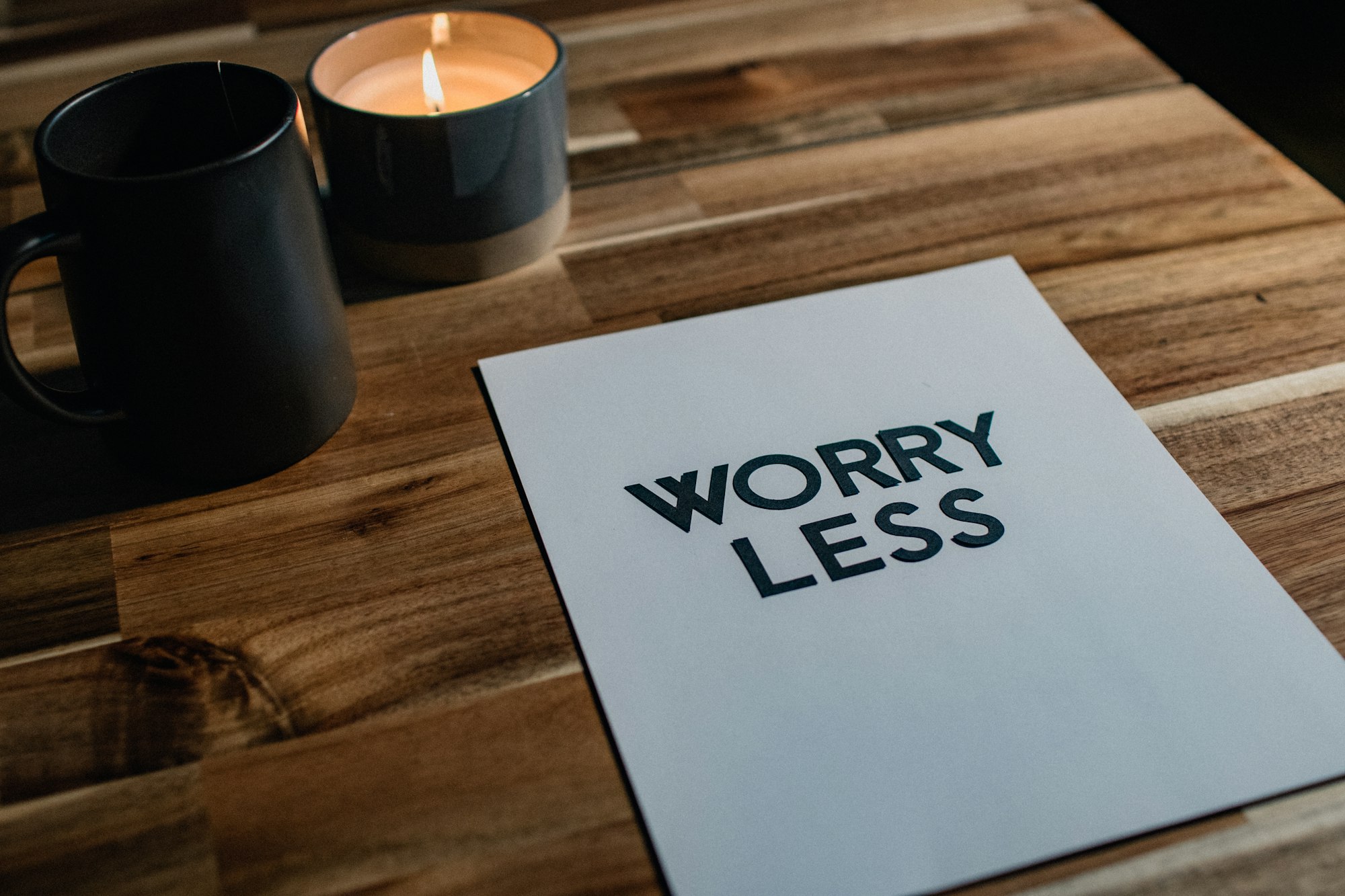Content Summary
Abusive relationships can have devastating effects on individuals, causing immense emotional and physical harm. Recognizing the signs of an abusive relationship is crucial for empowering oneself and taking steps toward safety and healing. In this article, we will explore the signs of abusive relationships and provide strategies for dealing with abusive partners.
Signs of Abusive Relationships:
Identifying the signs of an abusive relationship can be challenging, as abusive behavior can be subtle and manipulative. However, there are common indicators that can help individuals recognize the presence of abuse:
Physical Abuse: This includes any form of physical harm, such as hitting, slapping, pushing, or restraining the partner against their will.
Emotional Manipulation: Abusers often engage in emotional manipulation, such as belittling, insulting, humiliating, or demeaning their partner. They may employ gaslighting tactics, making the victim doubt their own reality.
Control and Isolation: Abusers exert control by isolating their partner from friends, family, and support networks. They may monitor their partner's activities, control their finances, or limit their access to resources.
Threats and Intimidation: Abusers use threats and intimidation to maintain power and control. This can include making threats of physical harm, damaging property, or coercing the partner into compliance through fear.
Sexual Abuse: This involves any non-consensual or coercive sexual activity, including forced intercourse, unwanted touching, or manipulation to engage in sexual acts against one's will.
Financial Exploitation: Abusers may control or exploit their partner financially, limiting their access to money, monitoring their spending, or preventing them from working or having financial independence.
Extreme Jealousy and Possessiveness: Abusers often exhibit intense jealousy and possessiveness, attempting to control their partner's interactions with others or accusing them of infidelity without evidence.
Dealing with Abusive Partners
Prioritize Your Safety: If you are in immediate danger, seek help from emergency services or a local domestic violence hotline. Your safety is paramount.
Reach Out for Support: Confide in a trusted friend, family member, or counselor who can provide emotional support and help you develop a safety plan.
Educate Yourself: Learn about abusive dynamics and the resources available to you. Knowledge is empowering and can assist you in making informed decisions about your next steps.
Develop an Exit Strategy: If you decide to leave the relationship, create a safety plan that includes securing important documents, finding a safe place to stay, and accessing necessary support services.
Seek Professional Help: Connect with a therapist or counselor who specializes in domestic violence. They can offer guidance, validate your experiences, and help you navigate the healing process.
Establish Boundaries: Set clear boundaries with your partner and communicate your expectations for respectful behavior. However, be aware that setting boundaries may not guarantee a change in their abusive behavior.
Consider Legal Options: If necessary, consult with legal professionals to explore options such as obtaining a restraining order or pursuing legal action against your abuser.
Focus on Self-Care: Prioritize self-care activities that promote healing and well-being. Engage in self-compassion, engage in activities you enjoy, and seek support from support groups or organizations that specialize in domestic violence.
Most FAQs about Abusive Relationships:
What Causes Someone to Become Abusive?
The causes of abusive behavior are complex and multifaceted, and it is important to note that no single factor can fully explain or excuse abusive actions.
Abusive behavior is a choice made by the abuser, and they are responsible for their actions. However, there are some common factors that may contribute to the development of abusive tendencies. These factors can include:
Learned Behavior: Some individuals may have grown up in households where abuse was present, witnessing or experiencing it themselves. They may internalize these patterns of behavior and view them as normal or acceptable ways of relating to others.
Childhood Trauma: Individuals who have experienced childhood trauma, such as abuse or neglect, may be more likely to exhibit abusive behaviors in adulthood. Unresolved trauma can impact emotional regulation, and interpersonal relationships, and contribute to a cycle of violence.
Low Self-Esteem: Individuals with low self-esteem may attempt to assert power and control over others as a means to compensate for their own insecurities and feelings of inadequacy.
Lack of Empathy and Emotional Intelligence: Some individuals may have difficulty empathizing with others and understanding their emotions. This lack of emotional intelligence can contribute to a disregard for the feelings and well-being of others.
Substance Abuse and Mental Health Issues: Substance abuse and certain mental health conditions, such as antisocial personality disorder, narcissistic personality disorder, or impulse control disorders, can increase the risk of abusive behavior. These conditions can impair judgment, and impulse control, and contribute to volatile and aggressive tendencies.
Belief in Traditional Gender Roles: Individuals who strongly adhere to traditional gender roles and beliefs may hold power imbalances in relationships, viewing themselves as entitled to control or dominate their partner.
Societal and Cultural Factors: Societal norms, cultural beliefs, and systems that perpetuate gender inequality and condone violence can contribute to the development of abusive behavior. These factors may normalize or even reinforce abusive attitudes and actions.
It is important to remember that while these factors may contribute to the development of abusive behavior, they do not excuse or justify it. Abusers are accountable for their actions, and the responsibility for breaking the cycle of abuse lies with the abuser themselves.
It is essential to prioritize the safety and well-being of individuals who may be victims of abuse and to provide support, resources, and interventions to hold abusers accountable and encourage behavior change.
What is the Pattern of Emotional Sexual or Physical Abuse?
Patterns of emotional, sexual, and physical abuse can vary depending on the individual and the dynamics of the relationship. However, there are some common patterns that can emerge in abusive relationships.
It is important to note that not all abusive relationships follow the same pattern, and the severity and frequency of abuse can vary. Here are general patterns associated with different types of abuse:
Emotional Abuse:
Tension-Building Phase: Tension gradually increases in the relationship. The abuser may become irritable, use controlling behaviors, and engage in verbal insults or demeaning comments. The victim may feel anxious, walking on eggshells, and trying to please the abuser to avoid conflict.
Incident of Abuse: An emotional abuse incident occurs, such as verbal attacks, humiliation, manipulation, or gaslighting. The abuser aims to undermine the victim's self-esteem, control their thoughts and behaviors, and create a power imbalance.
Remorse and Apology: The abuser may show remorse, apologize, or make promises to change. They may use manipulation and love-bombing tactics to regain control and keep the victim in the relationship.
Calm or "Honeymoon" Phase: The relationship appears peaceful, and the abuser may act loving and attentive. This phase aims to maintain the victim's attachment and hope for change, creating a cycle that keeps them trapped in the abusive relationship.
Sexual Abuse:
Sexual abuse patterns can overlap with emotional and physical abuse. These patterns can include:
Coercion and Manipulation: The abuser exerts pressure or manipulates the victim into engaging in sexual acts against their will or without their consent. They may use emotional manipulation, guilt, threats, or promises to coerce compliance.
Force and Control: Sexual abuse may involve physical force or violence to control and dominate the victim sexually. This can include rape, forced sexual acts, or inflicting pain during sexual encounters.
Exploitation: The abuser may exploit the victim's vulnerability or use their position of power or authority to coerce or force them into unwanted sexual activities.
Physical Abuse:
Physical abuse typically follows a cycle known as the "Cycle of Violence":
Tension-Building Phase: Tension and hostility increase in the relationship. The abuser may become irritable, controlling, and engage in verbal or emotional abuse. The victim may feel a sense of impending danger.
Acute or Violent Incident: Physical violence occurs, such as hitting, slapping, kicking, choking, or using objects as weapons. The victim's physical safety is threatened, and they may suffer injuries.
Remorse and Apology: The abuser may apologize, show remorse, or make promises to change their behavior. They may minimize the severity of the abuse or blame external factors for their actions.
Calm or "Honeymoon" Phase: The abuser may act loving, remorseful, and attentive. They may shower the victim with affection and gifts to manipulate them into staying in the relationship.
It's important to recognize that these patterns are not always linear, and the cycle can repeat or escalate over time. Every abusive relationship is unique, and the severity and frequency of abuse can vary. It is crucial to prioritize safety, seek support, and consider professional help when navigating abusive dynamics.
How to Leave an Abusive Relationship?
Leaving an abusive relationship is a challenging and courageous step towards prioritizing your safety and well-being. If you are considering leaving an abusive relationship, here are some important steps to take:
Ensure Your Safety: Your safety is paramount. If you are in immediate danger, reach out to emergency services or a local domestic violence hotline for immediate assistance and support.
Create a Safety Plan: Develop a safety plan to guide you through the process of leaving. This may include identifying a safe place to stay, packing essentials, securing important documents (e.g., identification, financial records), and having a predetermined code word or signal to alert others if you are in danger.
Seek Support from Trusted Individuals: Reach out to trusted friends, family members, or a support network who can provide emotional support, help you in times of crisis, and offer a safe space for you to stay if needed. Consider contacting a local domestic violence hotline or a shelter for guidance and resources.
Connect with Professionals: Seek professional help from therapists, counselors, or advocates who specialize in domestic violence. They can provide guidance, safety planning, and emotional support as you navigate the process of leaving.
Secure Your Finances: If possible, gather important financial documents, create a separate bank account, and ensure you have access to your funds. Financial independence and stability are crucial in the process of leaving an abusive relationship.
Document Evidence: If it is safe to do so, document instances of abuse. Keep a record of dates, times, descriptions, and any evidence such as photographs or messages that can support your case if legal action becomes necessary.
Restraining Orders and Legal Protection: Explore obtaining a restraining order or protective order from the court, which can provide legal protection and establish boundaries between you and the abuser.
Develop a Supportive Network: Connect with support groups or organizations that specialize in domestic violence. Sharing experiences with others who have gone through similar situations can provide validation, guidance, and strength during the process of leaving.
Create a Disengagement Plan: Minimize contact with the abuser whenever possible and establish clear boundaries. Block their phone number, change locks if necessary, and inform trusted individuals about your situation to ensure your safety.
Practice Self-Care: Focus on self-care throughout the process of leaving. Engage in activities that promote healing, prioritize your physical and mental well-being, and seek professional help to address the emotional trauma you may have experienced.
Remember, leaving an abusive relationship can be a complex and challenging process. Take each step at your own pace and trust your instincts. Reach out to supportive individuals and organizations for guidance and assistance. You deserve to live a life free from abuse, and by taking the necessary steps, you can start a new chapter of safety, healing, and empowerment.
Are Emotional Abusers Narcissists?
While there can be overlap between emotional abusers and individuals with narcissistic traits or Narcissistic Personality Disorder (NPD), it is important to note that not all emotional abusers are narcissists, and not all narcissists engage in emotional abuse. Emotional abuse can be perpetrated by individuals with a range of personality traits and disorders.
Narcissistic Personality Disorder is characterized by an inflated sense of self-importance, a need for excessive admiration, a lack of empathy, and a pattern of exploiting and manipulating others.
Individuals with NPD may be more likely to engage in emotional abuse due to their self-centered worldview and desire to maintain control and power over their partners.
However, emotional abuse can be perpetrated by individuals without NPD or other personality disorders. Emotional abusers may exhibit a range of behaviors, such as belittling, demeaning, manipulating, gaslighting, or invalidating their partner's feelings and experiences. They may use emotional tactics to control and undermine their partner's self-esteem and autonomy.
It is important to remember that emotional abuse is a pattern of behavior and can occur in various relationships. Whether or not someone is diagnosed with a specific personality disorder, emotional abuse is never acceptable or justified.
It is essential to recognize the signs of emotional abuse, prioritize your well-being, and seek support to address and heal from the effects of emotional abuse, regardless of whether the abuser fits the criteria for narcissism or any other specific diagnosis.
Do Abuser Ever Change?
Change is possible for individuals who engage in abusive behavior, but it is important to approach the topic with caution and realism. Here are some considerations:
Willingness to Change: Genuine and lasting change is only possible if the abusive individual acknowledges their behavior, takes responsibility for their actions, and genuinely desires to change. Without genuine willingness, change is unlikely to occur.
Professional Help: Seeking professional help, such as therapy or counseling, can provide abusers with the necessary support and tools to address their behavior. Engaging in therapy can help them understand the underlying causes of their abusive tendencies and develop healthier patterns of behavior.
Long-Term Commitment: Changing abusive behavior is a long-term process that requires ongoing effort, self-reflection, and self-control. It takes time to unlearn harmful patterns and develop new, healthier ways of relating to others.
Consistent and Sustained Effort: Changing abusive behavior requires consistent effort and a commitment to personal growth. It involves addressing deep-rooted beliefs, improving emotional regulation skills, developing empathy, and learning healthier communication and conflict-resolution strategies.
Accountability and Amends: A crucial aspect of change is holding oneself accountable for past actions and making amends to those who have been harmed. This includes sincere apologies, making reparations where possible, and taking steps to ensure that abusive behaviors are not repeated.
Safety Considerations: It is essential to prioritize safety when assessing the potential for change. If you are in an abusive relationship, leaving and ensuring your safety should be the primary concern. It is not advisable to remain in an abusive relationship solely in the hope that the abuser will change.
Recidivism Rates: While some individuals may change their abusive behavior, recidivism rates can vary. It is important to approach the situation with realistic expectations and ensure that your safety and well-being remain the priority.
Remember, change is ultimately the responsibility of the abuser, and the decision to change lies with them. It is essential to prioritize your safety, seek support from professionals and support networks, and make decisions that are in your best interest.
Conclusion
Remember, leaving an abusive relationship can be a complex and challenging process. It's essential to seek professional help and connect with supportive individuals who can guide and support you along the way. You deserve to be in a healthy and safe relationship, and by taking steps toward healing and recovery, you can regain control over your life.
Love Yourself and Be Safe!
Relevant Reads>>>













